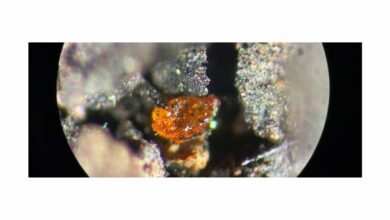Have you tested your smoke detector lately? You should: here’s how
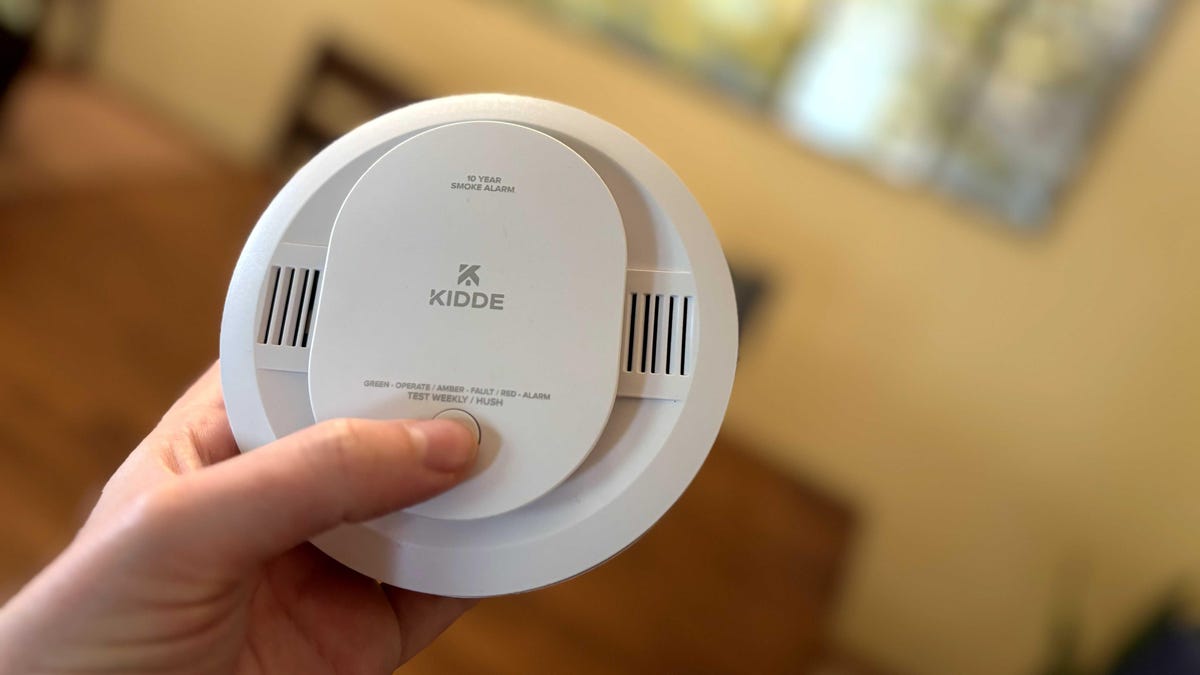
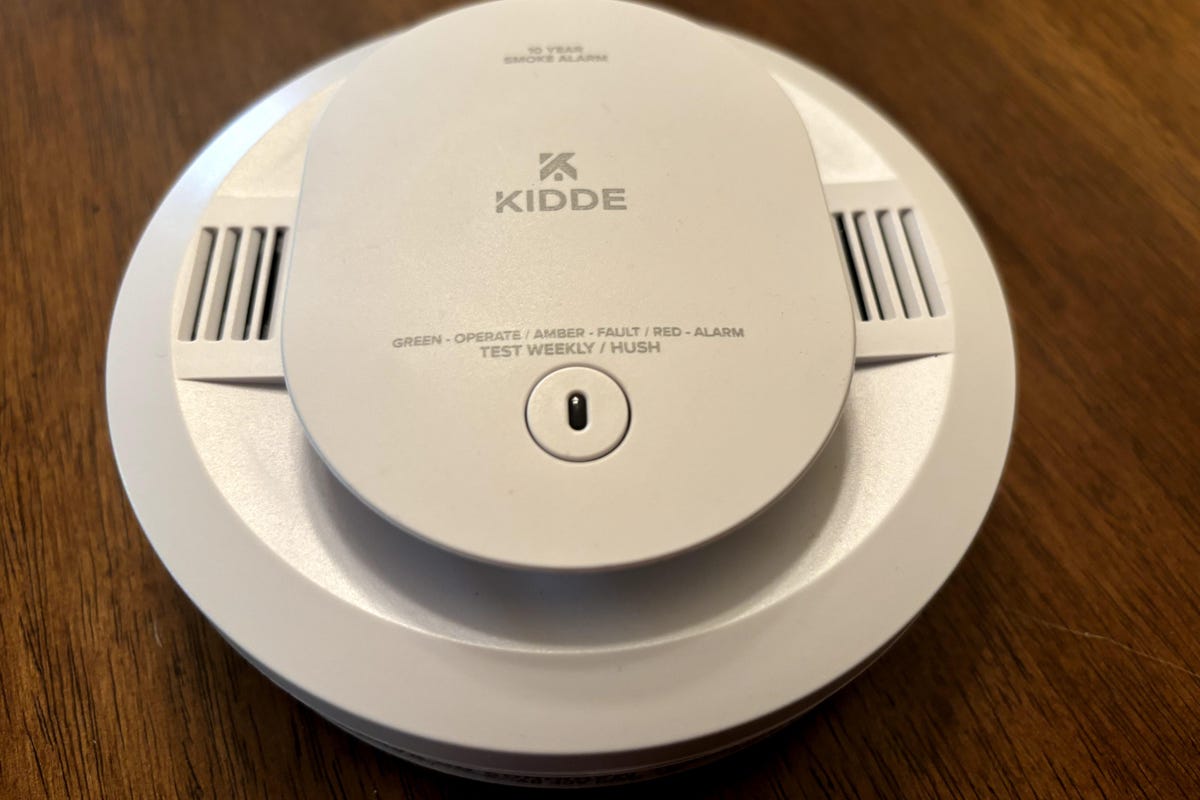
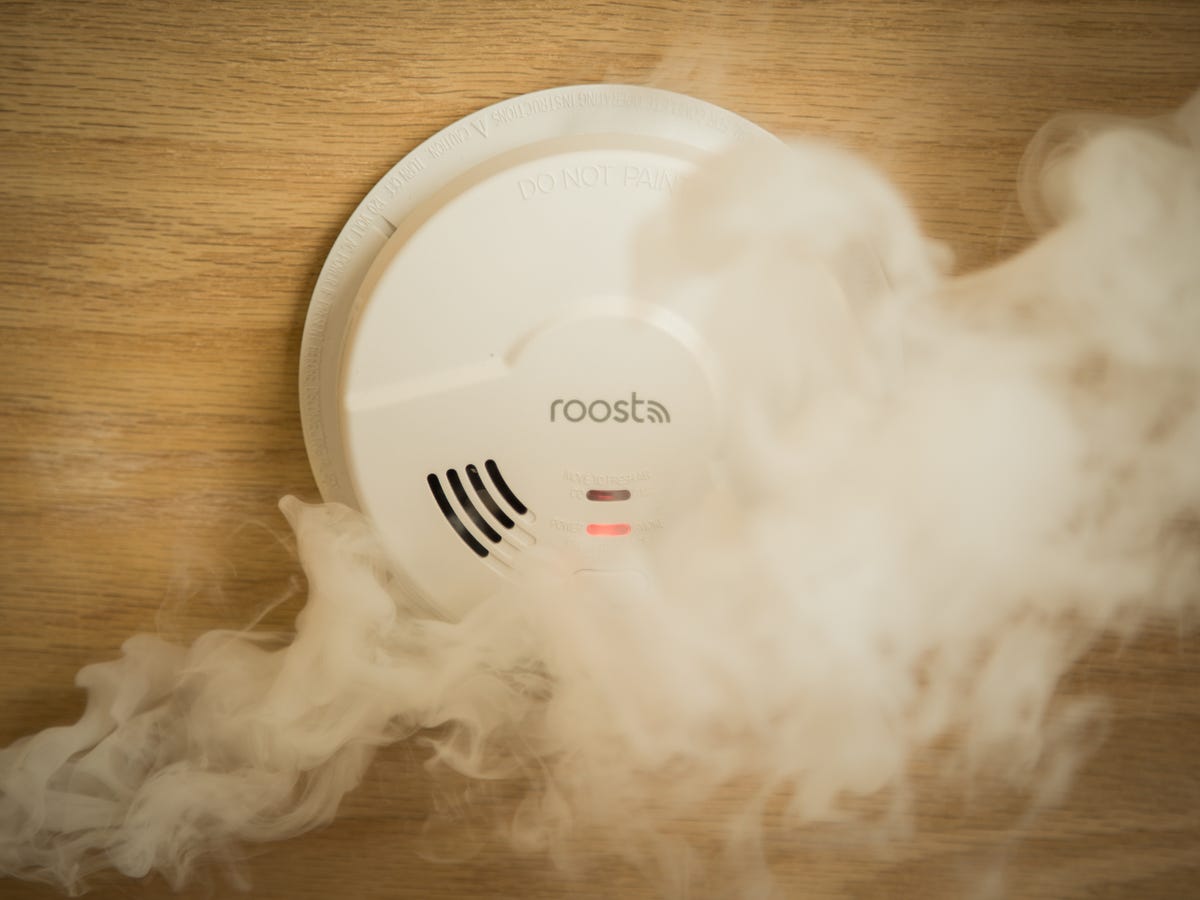
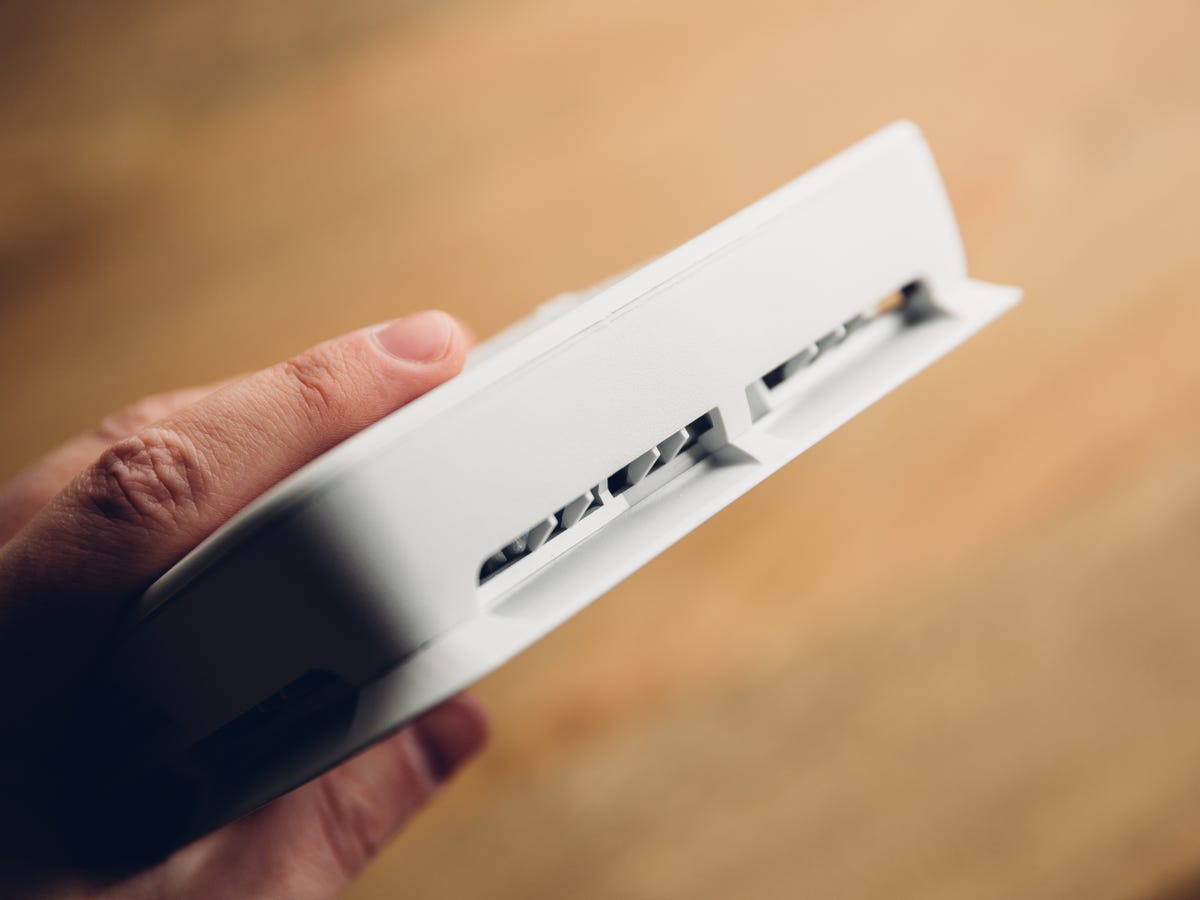
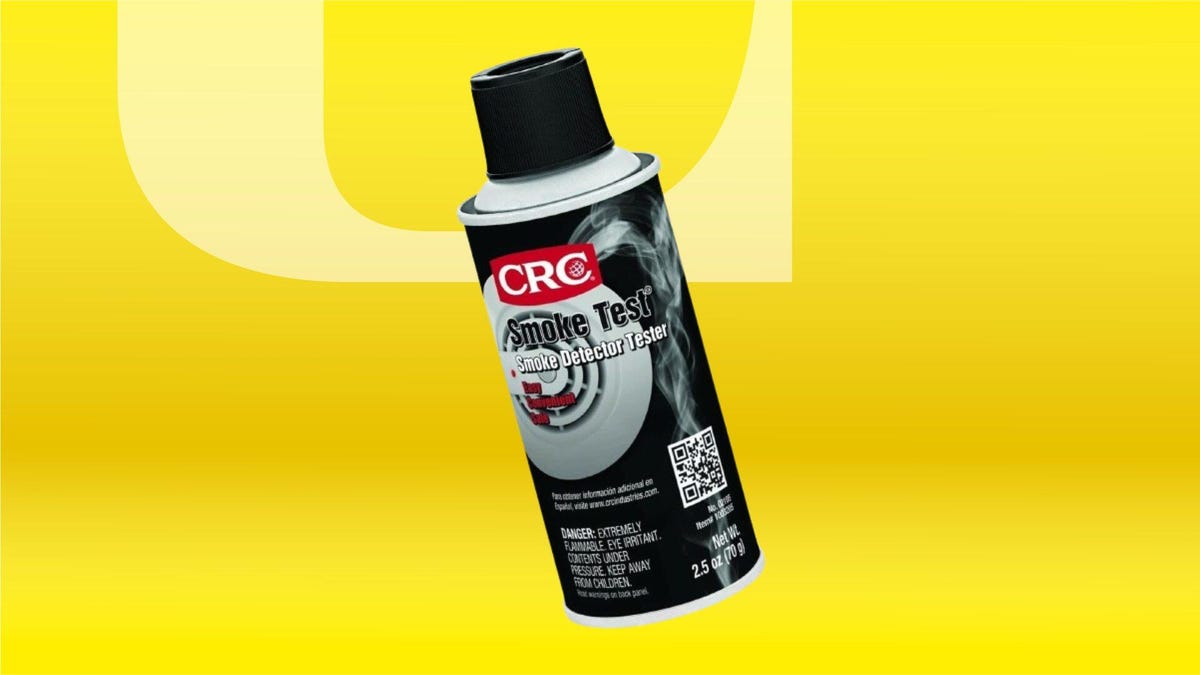
The only way to know if your smoke detector is working and ready (unless you burn your turkey in the oven) is to test it. And tests don’t just confirm that smoke detectors have power — they can also tell you if you need to replace the batteries before your alarm sounds a high-pitched beep. In addition, you can find out whether old detectors have broken down without any signal.
Fortunately, both smart and standard smoke detectors have a simple testing process that every home user should be aware of. Here’s what to do if it’s your first time using a new smoke detector and what to look out for!
Read more: 8 dangerous mistakes to avoid if your home is threatened by fire
1. Grab your ladder and clear some space
First, you need a ladder that is tall enough to easily reach the smoke detectors in your home. Use a ladder or sturdy step stool for this part and do not try to balance on a chair. Clear away anything that blocks the range of the smoke detector.
Since you will be up close and personal with the alarm siren, you may want to purchase a pair of earbuds or headphones before you begin. And if you have children or pets in the house, prepare them as best you can for some loud noises.

Close-up of the test button of a Kidde fire detector.
2. Locate the test/silence button on your smoke detector
Climb up and take a good look at your smoke detector. You should see a manual button, often labeled “Test” or “Hush” (or both). These buttons are usually located on the front of the smoke detector and are designed for easy access so they are not too difficult to spot. Although you can check the status of a smart smoke detector with an app, this physical button is the only way for an effective, direct test.
3. Press and hold the test button to listen to the beeps
In a well-supported position, firmly press and hold the test button, usually between 3 and 6 seconds.
At this point the smoke alarm should go off, and it should noisy. I’m talking deafening, “I really wish this didn’t happen” loud. Let it go off at least a few times. The siren should easily reach every corner of your home. In larger homes, you may want to have your loved ones stand on the other side of the house and make sure they can still hear.
If the smoke detector does not sound, sounds weak or goes out quickly, the smoke detector has a serious problem and needs more attention – see below!

Roost smoke detector with fog.
4. Long press to test interconnected alarms
Many smoke alarm systems are interconnected, meaning you can fortunately test them all by testing just one unit. I recommend that you consult your manual or app for instructions on testing interconnected alarms. Sometimes all you need to do is run the test above. Other times you may need to hold the test button a little longer or a second time.
Otherwise, repeat this process for each smoke detector in your home.

Hold a One Link Wi-Fi alarm.
5. Replace the batteries or smoke detectors if necessary
If your smoke detector is weak or not going off, start by replacing the battery in the detector, especially if it is a wireless model. These are less common in homes, but even wired models have a backup battery. Smoke detectors use 9V batteries or AA batteries, so make sure you have enough supplies on hand for times like these.
Test it again and if the smoke detector still doesn’t work, the detector may be defective, too worn out to work, or have a wiring problem (people have even found cockroaches in their smoke detectors). It’s time to replace your detector with a new model, or find someone to manage the installation for you.

You can also test smoke detector sensors with specialized sprays.
Optional: Use an aerosol smoke test spray to test sensors and more
The test button is the best way to check a smoke detector’s siren and battery, but it doesn’t exactly test the smoke sensors themselves. If you want to test these sensors, you can purchase them a $16 can of “smoke.” specially designed to activate smoke detectors. You can also use this to test smart home automations, for example if you’ve set your smoke detector to flash smart lights when it goes off.
The good news is that these aerosol cans are easy to aim and spray, so you probably won’t have to climb a ladder to use them. The bad news is that you can’t use them too often or you will wear out some of the sensors that smoke detectors use, especially in old models. These sensors can become clogged or stuck by particles resulting from repeated activations, making them increasingly less likely to function.
Remark: Do not use candles, matches, lighters or other burning materials to test your smoke detectors. Not only does this pose a small but real fire risk, these substances contain thick smoke particles that can more easily block sensitive sensors and cause your smoke detector to stop working or shorten its lifespan.
How often should you test smoke detectors?
Technically, it is advisable to test smoke detectors weekly or monthly. I know this is a lot to ask for a busy house, but at least test your fire alarm once before the cold weather arrives and preferably again when the warmer months start to warm up.
Finally, if you ever have a smoky incident like leaving bacon in the pan for too long and your smoke detectors not activate, I recommend using this test to make sure they are all working properly.
For a full overview of home security, check out our advice on what to do when a wildfire approaches, how to keep your security cameras safe in winter, and how best to deter burglars before they actually break in.


